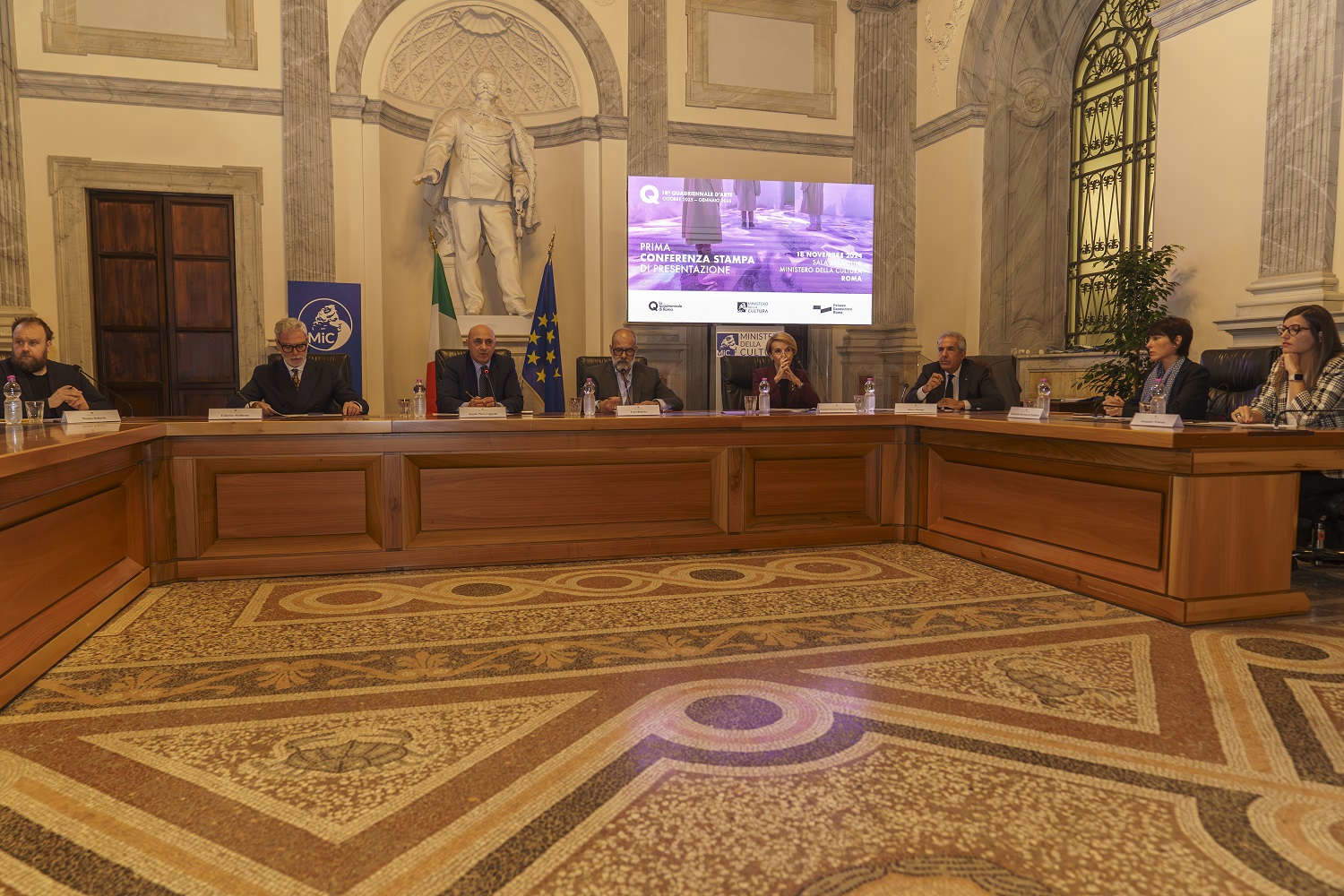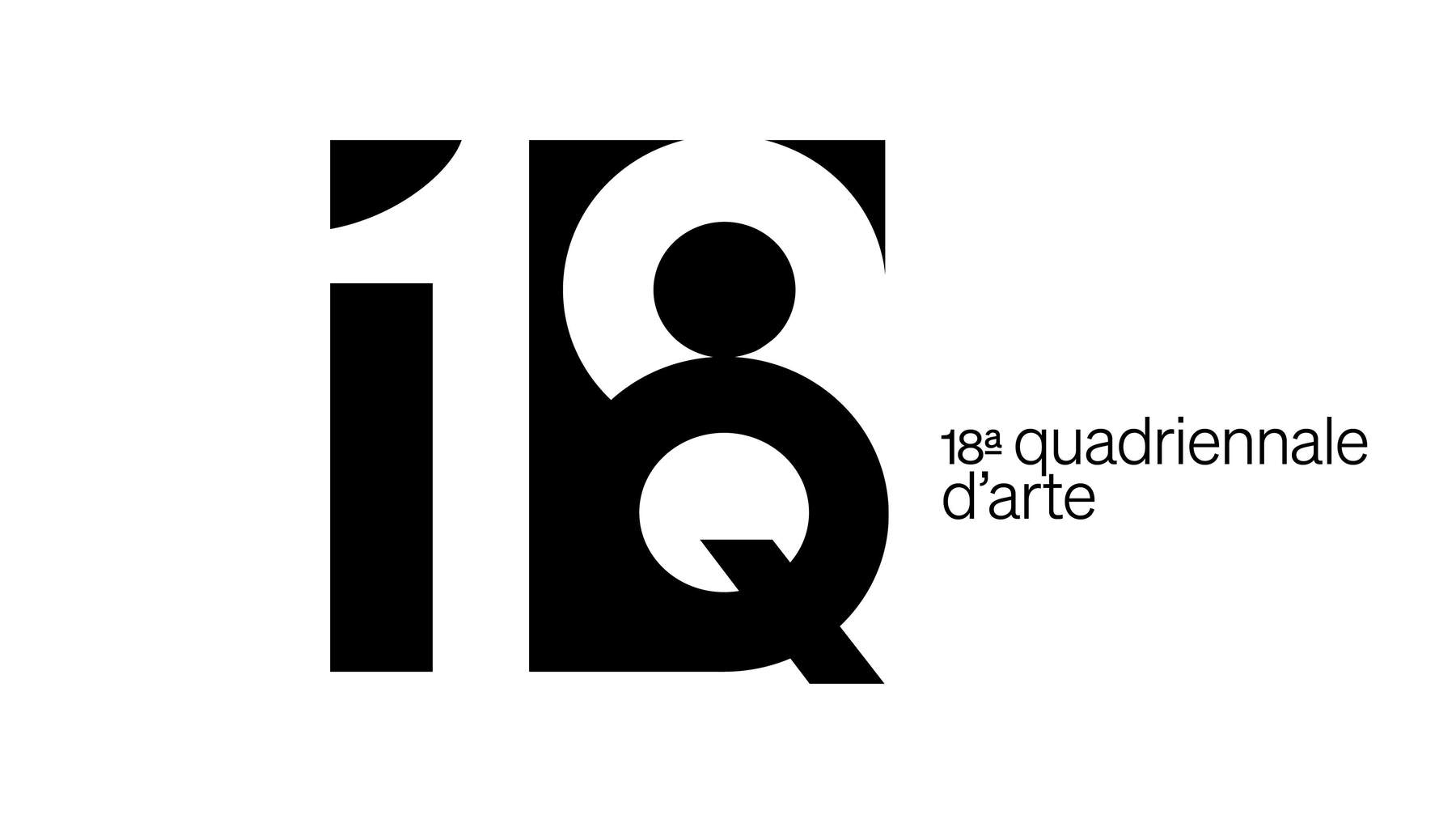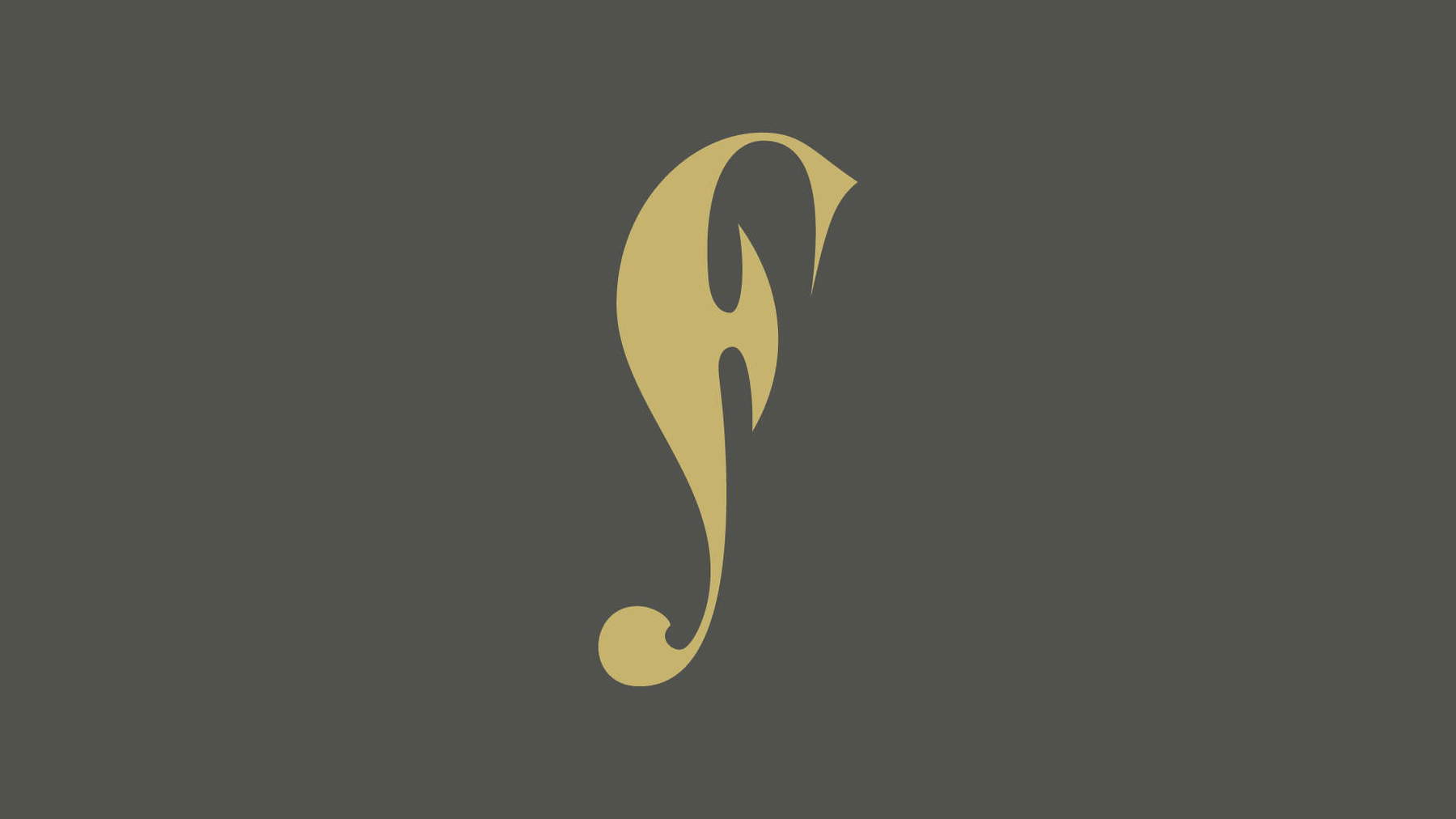This is what the 18th edition of the Quadriennale d’Arte di Roma, one of the most anticipated events in the Italian contemporary art scene, will look like: it will be called Fantastica, it will be held from October 2025 to January 2026 at the Palazzo delle Esposizioni, it will be curated by five different curators (Luca Massimo Barbero, Francesco Bonami, Emanuela Mazzonis di Pralafera, Francesco Stocchi, and Alessandra Troncone), and its outline was announced yesterday by Quadriannale president Luca Beatrice. The exhibition promises to uncover and explore our country’s art scene through a selection of young and mid-career artists who have characterized Italian cultural production in recent decades.
Organized by the Fondazione La Quadriennale di Roma, with the collaboration of Azienda Speciale Palaexpo and the support of Intesa Sanpaolo as main partner, the exhibition will have the patronage of the Ministry of Culture, the Lazio Region, Roma Capitale and the Chamber of Commerce of Rome. The curated project will be divided into a series of sections that will explore crucial themes in contemporary art, including the artist’s self-representation, autonomy and relationship with institutions, as well as the human, animal and mechanical body in an incomplete and evolving dimension.

The title chosen for the 18th Quadrennial, Fantastica, is intended to evoke the symbolic and imaginative power of contemporary art, inviting the public to enter a world of wonder and hope. The exhibition is divided into five chapters, curated by as many curators, as anticipated, who have selected about 50 artists. The exhibition will give space mainly to artists at their first participation in the Quadrennial, with a special focus on the presence of women and cultural diversity.
The exhibition will be based on “polyphonic writing,” it was said during the presentation, that is, it will develop narrative frameworks that will not go to highlight any Italian specificity, but will intersect themes debated around the world. To be investigated will be themes such as the mechanisms of self-representation, the choice ofexperience or form by which to be represented, and again the figure of the artist, the claim of his or her autonomy even toward patrons or institutions, the status of images that have never been so pervasive in the history of humanity, but have also never been so irrelevant in a certain sense, and then the narrative of the human body.
The section curated by Luca Massimo Barbero(My image is what I make myself represented by: the self-portrait. Food, cats, the gym, myself, travel and various ammenities) will be devoted to the theme ofself-portraiture from a particular angle. “My selection for the 18th Quadrennial of Art, paradoxically, does not present, except in a few cases, the theme of the self-portrait specifically, but deals with the amplification and flow of that reference, of the pure idea of ’being represented’ by an image, sometimes in the body of a work,” Barbero says. “It is a kind of quarrel between the technological, incorporeal visible and the perversely used notion of the original. The work is, therefore, here and in its non-technological body, as a possible, visual meal, preparatory to syncopated narratives that want to tell something but, in fact, refer to another, namely ’being an author.’ I envision two moments, as distinct as possible, one more related to the use of words, almost didactic, by which we are represented: self-portraiture, but also food, animals, painting and writing. Even, citing social-media, the broader term of landscape; the other, where all that remains is the body of the silent work, the less narrative, the questioning of the visitor in front of a space where the image of the self sinks (or bounces) into the work.”
Francesco Bonami’s section, on the other hand, is dedicated to the theme of memory , and he describes it this way: “I wanted to imagine not one exhibition but many small exhibitions inside an exhibition that, in turn, is inside a great event like the Quadriennale d’arte. Thus, I did not want to think of a theme that would unify the artists I selected, other than that of their own independence and autonomy, each ’a room just for themselves,’ precisely. To the audience the pleasure and the task, not the obligation, of finding connections, real or imaginary between the different artists, or perhaps finding none, confirming the autonomy or insularity of each. I chose artists with whom I had never worked before, who had never participated in the Quadriennale d’arte and who were under 50.”
Emanuela Mazzonis of Pralafera curates instead the section Il tempo delle immagini. Images out of control?, a focus on theevolution and role of photography in Italy from 2000 to 2025. “Photography,” she explains, “is no longer mere reproduction of the real, it becomes a conceptual and visual stimulus to reason about the status, fragility and manipulation of the image and therefore about its intrinsic value, about the theme of observation as a pretext for a broader reflection on the nature of the photographic medium so that new keys to interpretation and social narratives are created. In an age when the sharing and approval of images seems to have more relevance than the images themselves, it seems necessary to re-establish a truthful relationship with reality and therefore with images. The exhibition aims to analyze and highlight the power that photography still possesses, whose peculiarity lies not in reproducing subjects, or even less in making those subjects shareable, but in being able to transform them, stimulating our gaze to relearn to observe, to make the invisible visible. The images of the new millennium are less and less something to look at and more and more something to experience and share as a ’social’ gesture. The exhibition therefore aims to be a break from the uncontrollable flow of images that ’attack’ us on a daily basis, a reflection on their content, their relationship to the world around us and to our perception of reality.”
Titled simply Quadriennale 2025 , on the other hand, is Francesco Stocchi’s section, which explores the theme of the artist’s autonomy. “An exhibition that uses only artists not only in its semiotic offering but also in its most concrete realization,” he says. “Some of the participating artists will therefore be invited to take care of the set-up, others of the lights, others of the communication and so on, without the help of specialized technicians. In a landscape devoid of artistic currents for two generations, to the benefit of individual stages, and full of industry specializations to support artistic production, two scenarios arise: on the one hand, in the name of the reborn desire to insert art into the concrete world, we hail non-specificity by inviting artists to measure themselves in fields outside their specific expertise (signing clothes, proposing culinary menus, devising playlists, suggesting books or vacation destinations); on the other hand, we witness an increasing hyper-specialization and rigid sectorization of exhibition production. The list of what cannot be done in a museum is constantly growing, and often the artist must defer to institutional decisions that can no longer be unionized. In this climate the figure of the artist becomes relativized to the advantage of professionals such as graphic designers, publicists, invited to exhibit in the same way as artists. Soon we will all be artists, so no one will be an artist anymore. This exhibition wishes to celebrate the total autonomy of the artist. It is an expanded and updated reading of the concept of ’bel composto,’ an expression that Filippo Baldinucci coined in 1682 when he spoke of the artist’s ability to fuse painting, sculpture and architecture.”
Finally, The Unfinished Body is Alessandra Troncone’s section on the theme of the body. “The exhibition,” says the curator, “proposes a focus on the work of female artists who, by placing the body - human, animal, mechanical - at the center, suggest new forms of representation and storytelling, calling into question stories and social relations that pass through the body itself, but also alluding to phenomena of hybridization that look to possible future scenarios. While the human body has always been prone to change and ’complete’ itself in its relationship with the other than itself, in recent decades this tendency has increasingly taken shape in parallel with evident social and environmental changes. Recent discoveries in archaeology and paleontology have highlighted how the very concept of evolution does not respond to a linear principle, while the idea of a fluid and modifiable body is now a privileged object of theories of posthumanism and transhumanism, which frame the phenomenon on a philosophical level, trying to outline an anthropology of the future. The section brings together female artists born between the 1980s and 1990s ─ all at their first participation in the Ǫuadriennale d’arte ─ who, with different languages and means of expression, work on an idea of ”incompleteness“ of the body, understood not as failure or lack, but, on the contrary, as potentiality and openness to possible new developments, in dialogue with the most current urgencies.”
Fantastica , however, is not only meant to be a reflection on Italian art, but also an international survey. Many of the selected artists have lived abroad or are of foreign origin, and have contributed to the ongoing transformation of the concept of “Italianness” in contemporary art. Each chapter of the exhibition will explore universal themes, but always with a strong local feel, revealing how international influences are intertwined with Italian artistic identity.
In parallel with the exhibition dedicated to contemporary artists, the Quadriennale is presenting a special exhibition project that looks to the past: I giovani e i maestri. The Quadrennial of ’35. Curated by Walter Guadagnini, this section evokes the historic II Quadriennale d’arte of 1935, considered the most important Italian art exhibition of the 1930s. On that occasion, hundreds of painters and sculptors of different generations met at the Palazzo delle Esposizioni, creating an event that gathered more than 350,000 visitors.
This exhibition offers a selection of works exhibited in 1935, including those by artists such as Scipione, Giorgio de Chirico, Gino Severini and Marino Marini, but also by lesser-known figures who were protagonists of that season, such as Mario Broglio, Osvaldo Licini and Cagnaccio di San Pietro. The project has several goals: first, to show which were the most celebrated artists of that historical moment, and then to show contemporary audiences how Italian art of the 1930s influenced the international scene and to bring out works that had not been visible for decades. Then there is also the aim of making the Quadriennale seen through today’s eyes, namely by showing works by artists who were present at the time with only one work but then achieved great resonance (for example, Osvaldo Licini, Leonor Fini or Carlo Levi).
There will then be an additional parallel project: it is called Noi nel mondo (Us in the World), curated by Christian Caliandro, and it will focus on the perception of contemporary Italian art abroad, exploring how Italian artists and works are known and appreciated outside national borders. In parallel with the preparation of the exhibition, the initiative will spawn a bilingual report to be published in fall 2025 and will collect testimonies and opinions from critics, curators, gallerists, and collectors, offering insight into how Italian art is perceived globally. In addition, a podcast and a series of video interviews will contribute to delve deeper into the topics discussed, accompanying the audience as they approach the event.


The visual communication of the 18th Quadrennial is entrusted to Leonardo Sonnoli and Irene Bacchi, who have developed a graphic design rooted in surrealist imagery and the fantastic alphabet. The title Fantastica is treated with an evocative approach, with a logo that is not limited to being a simple inscription, but a real visual symbol that recalls the suggestions of Surrealism. This graphic sign becomes the starting point for the entire visual identity of the event, which conveys an idea of art that challenges conventions and invites the discovery of new realities.
In preparation for the grand opening in October 2025, the Quadriennale d’arte will launch a road show that will touch some of Italy’s major cities, including Turin, Venice, Milan, Florence, Naples, Genoa and Brescia. This presentation tour will engage the public in conversations with curators and experts, offering a preview of the themes and artists featured in the exhibition. Each stage of the road show will be a unique opportunity for art, the public and institutions to meet, with the participation of journalist and popularizer Nicolas Ballario who will interview Luca Beatrice, one or more curators, and a representative of the host institution.
The exhibition will be accompanied by a bilingual (Italian and English) catalog, published by Marsilio Arte, which will contain essays by the curators, detailed fact sheets on the artists and works on display, and contributions from experts from different disciplines. In addition, a short guidebook will also be published to facilitate the enjoyment of the exhibition.
 |
| Rome Quadrennial 2025 will be "Fantastic": next edition presented |
Warning: the translation into English of the original Italian article was created using automatic tools. We undertake to review all articles, but we do not guarantee the total absence of inaccuracies in the translation due to the program. You can find the original by clicking on the ITA button. If you find any mistake,please contact us.